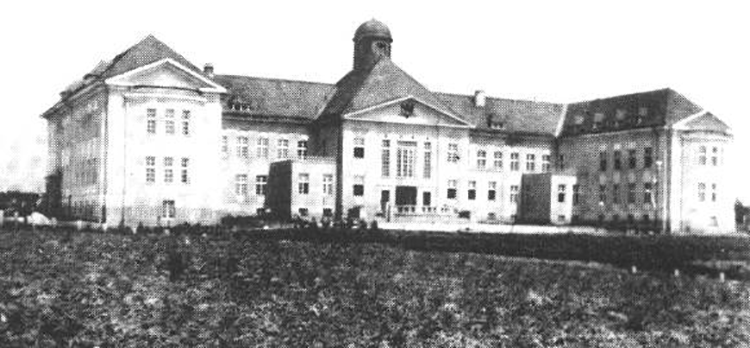The first requests for the establishment of a medical study in Croatia date back to 1790. After the establishment of the modern University in Zagreb (1874), a long, persistent, and painstaking struggle has begun for the establishment of a school of medical. Within the University, the Faculty of Law and Faculty of Theology were already active, the Faculty of Social Sciences and Humanities was developing, but, only for political reasons, the establishment of the school of medicine was repeatedly postponed. This goal was finally achieved in 1917, ahead of the imminent collapse of the Austro-Hungarian Monarchy.

In 1918 the Pathology and Anatomy Institute of the School of Medicine began to operate in this building.
Chronology of events relevant to the establishment of the School of Medicine
At the session of the Croatian Parliament, Milan Rojc presented a proposal for the establishment of a school of medicine.
The Croatian Parliament decides to establish a school of medicine and proposes to the Court Chancellery in Vienna three professors-founders who shall have the task to organize the School, appoint the dean and ensure that the faculty positions are filled. Those professors were: Dr. Theodor Wickerhauser, Dr. Miroslav Čačković and Dr. Dragutin Mašek.
The first faculty meeting was held, at which the course schedule was drawn up and all preparations for enrolment in the first semester were made.
Dr. Drago Perović held the first lecture titled On the Direction of Teaching and Scientific Work in Anatomy at the University Great Hall. Thus, the School of Medicine of the University of Zagreb began its work (winter semester of the 1917/1918 academic year).
The first session of the Faculty Council of the School of Medicine was held, at which Prof. Miroslav Čačković, MD was appointed the first dean. The following year consisted of intensive work on adapting buildings at Šalata for the needs of basic medical courses and filling the faculty positions with their own professors.
All the departments for the 1st and 2nd year of studies have been filled. The building of the former noble convent houses the Anatomy Institute and later on the Institute of General and Experimental Pathology and Pharmacology. The Morphology-Biology, Physiology and Medical Chemistry institutes operate from the building of the former gymnasium.
Most of the School’s clinical departments were founded in these years: Internal Medicine (1920), Gynaecology and Obstetrics (1920), Neuropsychiatry (1921), Otorhinolaryngology (1921), Paediatrics (1922), Dermatovenereology (1922), Orthopaedics (1922), Maxillofacial (1922), Radiology and Occupational Medicine (1922).
The construction of the Pathological Anatomy Institute was completed.